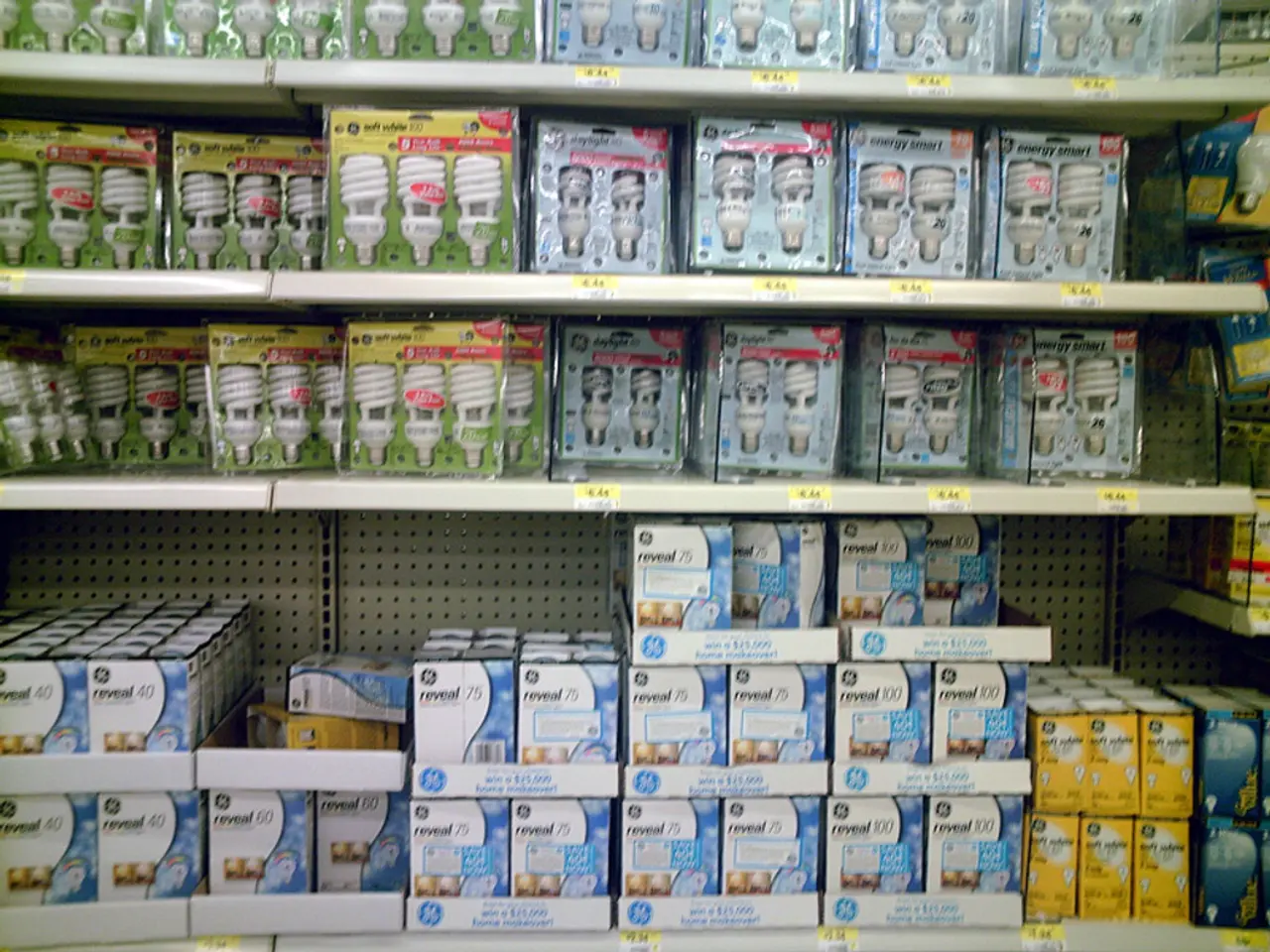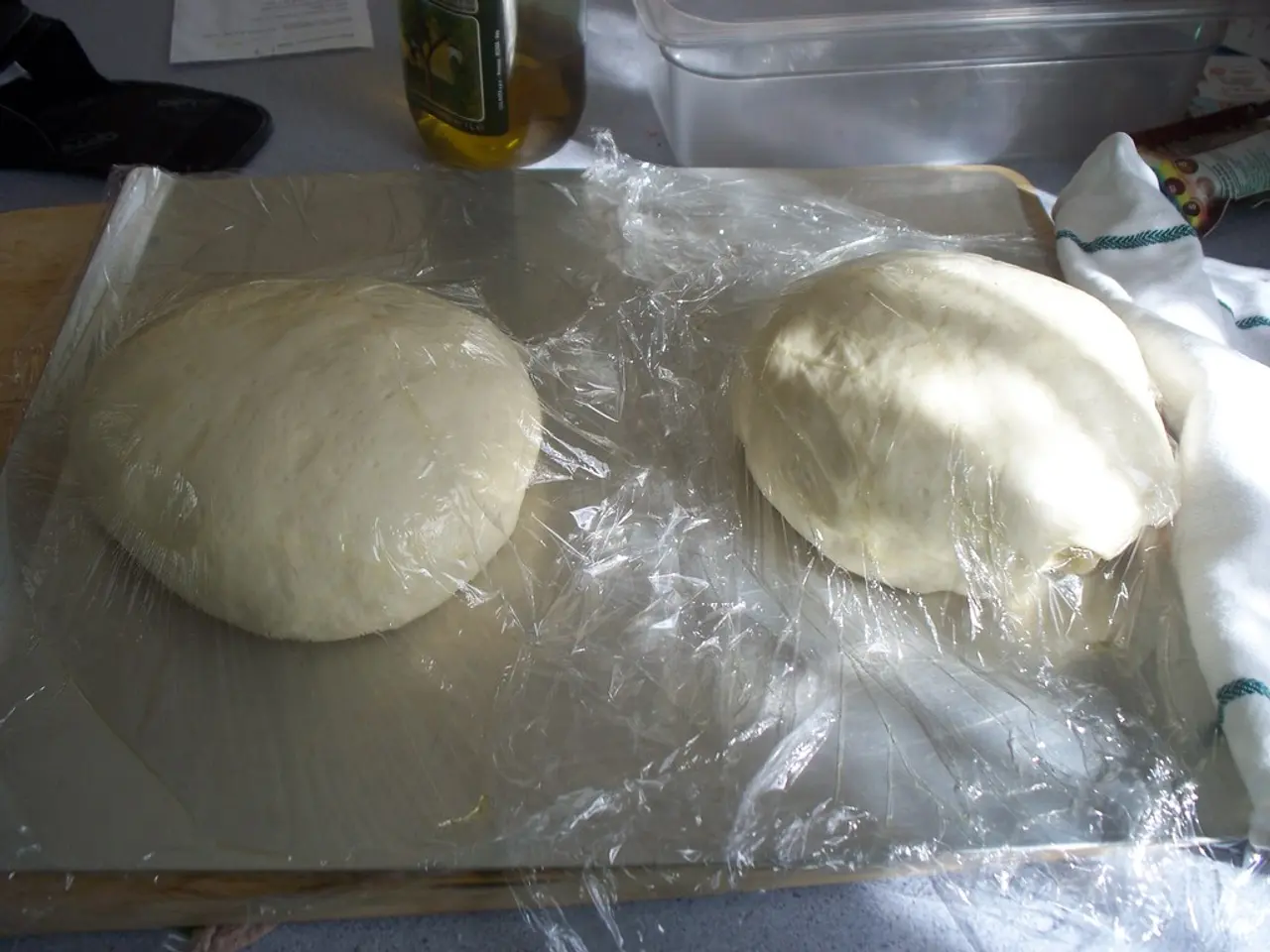Guide on Bulb Planting: A Step-by-Step Approach
In the world of gardening, bulbs are a delightful way to bring vibrant colours and fragrances to your outdoor space. However, knowing when to plant these flower kits from Mother Nature is essential for a successful bloom. Here's a comprehensive guide on determining the best planting time for different types of bulbs based on hardiness zones, first fall frost date, and specific bulb requirements.
First, identify your USDA Hardiness Zone to ensure your bulbs can survive the winter outdoors in your area. These zones are based on the average annual minimum winter temperature. For example, Zone 8 gardens might be home to a range of bulbs that can withstand temperatures as low as -12°C.
Next, find your average first fall frost date. This date marks the end of the growing season and the start of freezing temperatures that can kill tender plants. In Zone 8, the first fall frost typically occurs between November and December.
To plant bulbs successfully, calculate backward from the first frost date by adding the bulb’s days to maturity or recommended lead time before frost. For spring-flowering bulbs like tulips and daffodils, plant about 6 weeks before the first frost to establish roots but avoid freezing ground. In Zone 8, this means planting in September-October.
Summer-flowering bulbs, such as lilies and gladiolus, are generally planted after the last frost date in spring because they grow actively during warmer months. In Zone 8, plant these bulbs after the last spring frost but before the peak heat, considering soil moisture needs.
Other factors to consider include the specific bulb type and its planting timing. For instance, iris bulbs require direct sun and a lot of it to bloom, while dahlias need full sun and well-draining soil. Elephant ear bulbs should be planted in late spring or summer once all chance of cold weather has passed.
When preparing the soil, remove tough weeds and large rocks in the bulb-planting area. Work the soil to at least 6 inches to give the bulb roots easy access. Spread 1 to 2 inches of organic compost over the entire planting area and work it into the top few inches of soil.
Keep bulb plants away from driveways if you use road salt in the winter, as the salt can harm the bulbs. Bulbs need a site with excellent drainage since they rot in wet soil.
The range of flowers that grow from bulbs is dazzling, with some being a few inches tall and others rising to 2 or 3 feet or taller. Some bulbs even offer fragrance, adding an extra sensory delight to your garden.
By integrating these factors, you can optimise bulb planting so that plants establish well, survive winter, and bloom as expected. This method balances climate hardiness with growing season length and bulb biology for the best results. Happy gardening!
In Zone 8, home-and-garden enthusiasts can choose from a variety of bulbs that can thrive in temperatures as low as -12°C, such as tulips and daffodils, which should be planted about 6 weeks before the first fall frost date, typically in September-October, to establish roots and avoid freezing ground. On the other hand, summer-flowering bulbs like lilies and gladiolus are generally planted after the last spring frost but before the peak heat in Zone 8, taking into account soil moisture needs.




